
Filter News
Area of Research
- Advanced Manufacturing (2)
- Biological Systems (1)
- Biology and Environment (44)
- Computer Science (1)
- Energy Science (64)
- Fusion and Fission (5)
- Materials (47)
- Materials for Computing (6)
- National Security (17)
- Neutron Science (22)
- Nuclear Science and Technology (3)
- Quantum information Science (1)
- Supercomputing (56)
News Type
News Topics
- (-) Bioenergy (95)
- (-) Composites (24)
- (-) Frontier (61)
- (-) Machine Learning (53)
- (-) Physics (65)
- (-) Transportation (61)
- 3-D Printing/Advanced Manufacturing (108)
- Advanced Reactors (25)
- Artificial Intelligence (114)
- Big Data (58)
- Biology (108)
- Biomedical (61)
- Biotechnology (36)
- Buildings (50)
- Chemical Sciences (72)
- Clean Water (19)
- Computer Science (180)
- Coronavirus (37)
- Critical Materials (17)
- Cybersecurity (31)
- Education (5)
- Element Discovery (1)
- Emergency (3)
- Energy Storage (80)
- Environment (162)
- Exascale Computing (64)
- Fossil Energy (7)
- Fusion (56)
- Grid (50)
- High-Performance Computing (114)
- Hydropower (6)
- Isotopes (55)
- ITER (6)
- Materials (113)
- Materials Science (120)
- Mathematics (9)
- Mercury (9)
- Microelectronics (4)
- Microscopy (44)
- Molten Salt (5)
- Nanotechnology (50)
- National Security (81)
- Neutron Science (139)
- Nuclear Energy (99)
- Partnerships (67)
- Polymers (25)
- Quantum Computing (48)
- Quantum Science (80)
- Security (30)
- Simulation (54)
- Software (1)
- Space Exploration (16)
- Statistics (3)
- Summit (62)
Media Contacts
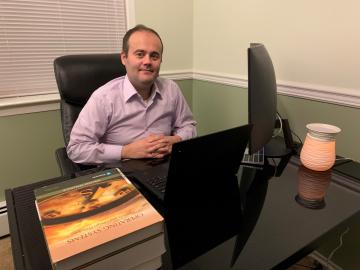
Having co-developed the power electronics behind ORNL’s compact, high-level wireless power technology for automobiles, Erdem Asa is looking to the skies to apply the same breakthrough to aviation.
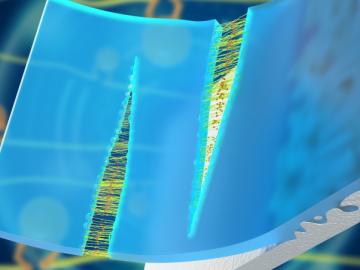
Research teams from the Department of Energy’s Oak Ridge National Laboratory and their technologies have received seven 2021 R&D 100 Awards, plus special recognition for a COVID-19-related project.
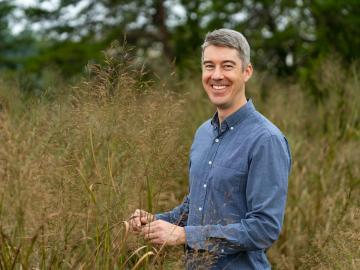
For ORNL environmental scientist and lover of the outdoors John Field, work in ecosystem modeling is a profession with tangible impacts.

The daily traffic congestion along the streets and interstate lanes of Chattanooga could be headed the way of the horse and buggy with help from ORNL researchers.
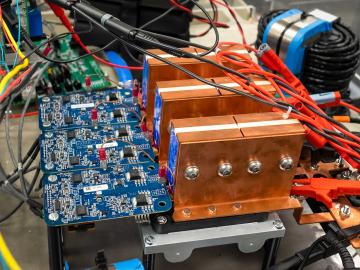
ORNL has licensed its wireless charging technology for electric vehicles to Brooklyn-based HEVO. The system provides the world’s highest power levels in the smallest package and could one day enable electric vehicles to be charged as they are driven at highway speeds.
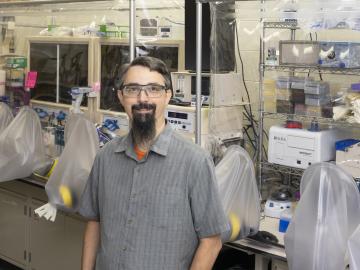
As a metabolic engineer at Oak Ridge National Laboratory, Adam Guss modifies microbes to perform the diverse processes needed to make sustainable biofuels and bioproducts.
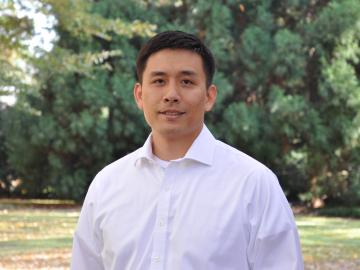
Ross Wang has been intent on resolving traffic jams since he rode a city bus every day through 40 minutes of traffic to get to his elementary school. That daily journey left an impression that would shape his career.
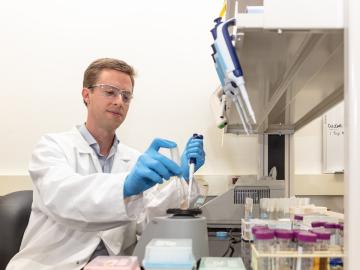
In a step toward increasing the cost-effectiveness of renewable biofuels and bioproducts, scientists at ORNL discovered a microbial enzyme that degrades tough-to-break bonds in lignin, a waste product of biorefineries.

ORNL’s Zhenglong Li led a team tasked with improving the current technique for converting ethanol to C3+ olefins and demonstrated a unique composite catalyst that upends current practice and drives down costs. The research was published in ACS Catalysis.
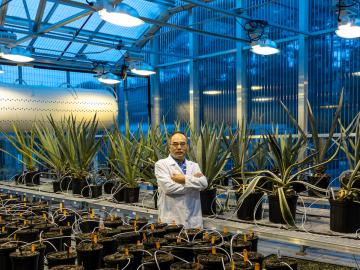
Scientists at ORNL have discovered a single gene that simultaneously boosts plant growth and tolerance for stresses such as drought and salt, all while tackling the root cause of climate change by enabling plants to pull more carbon dioxide from the atmosphere.


